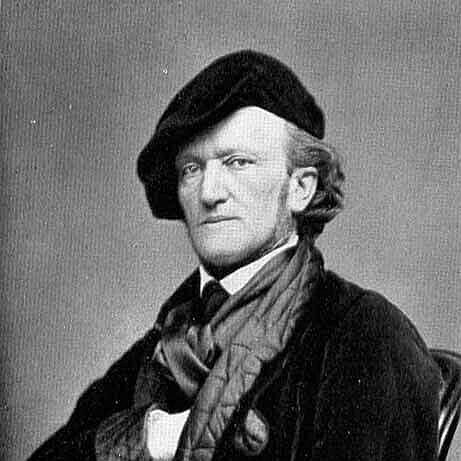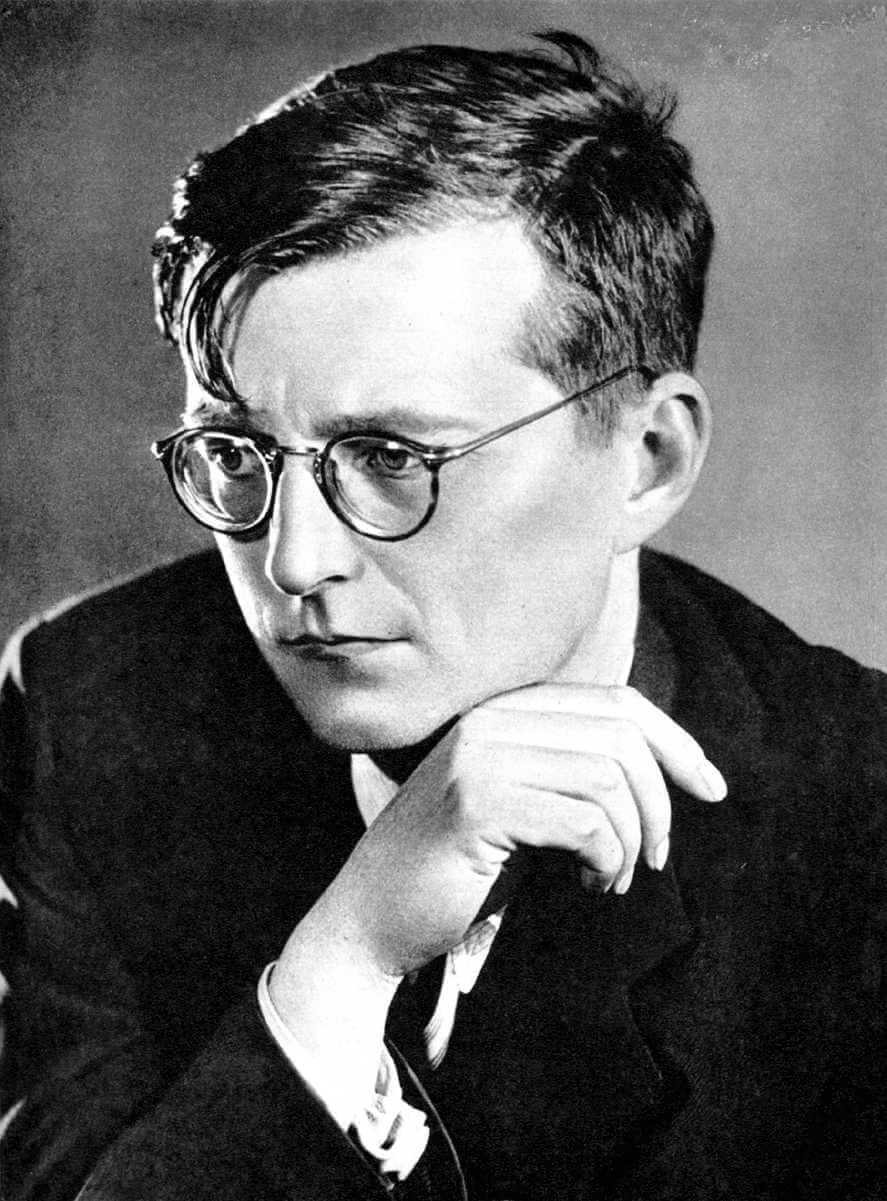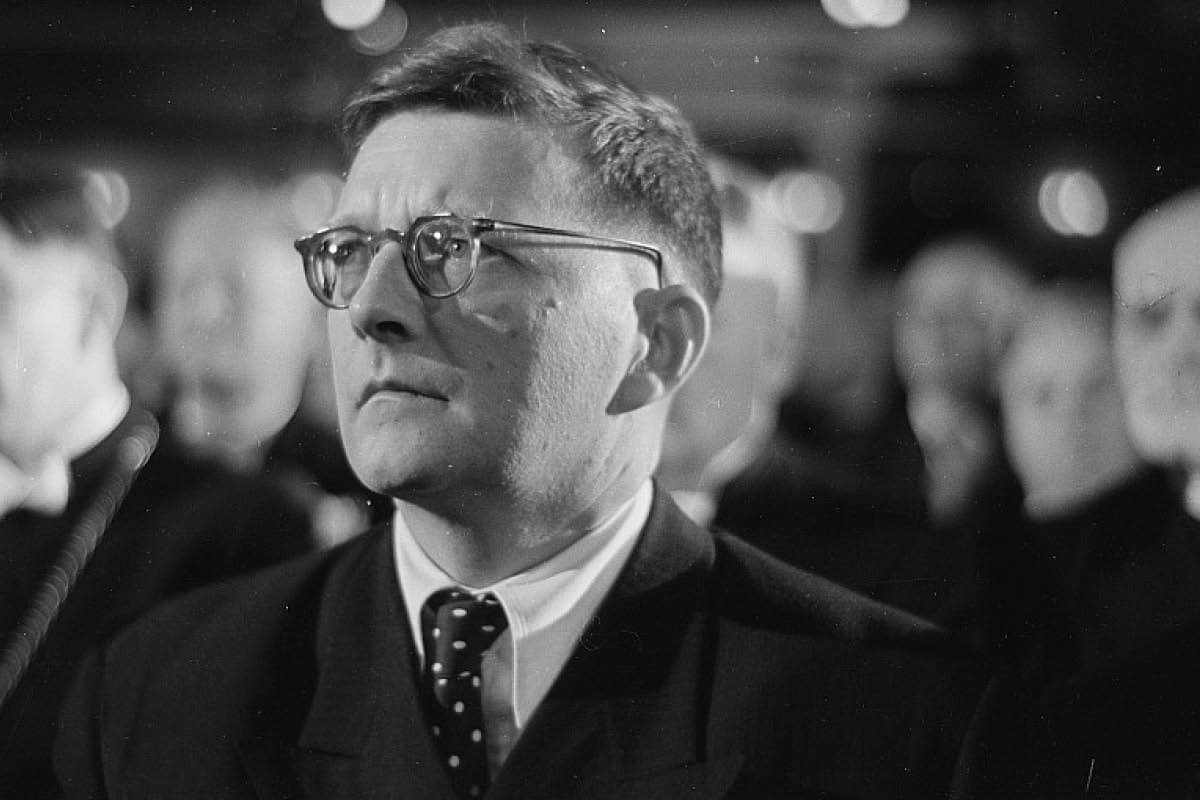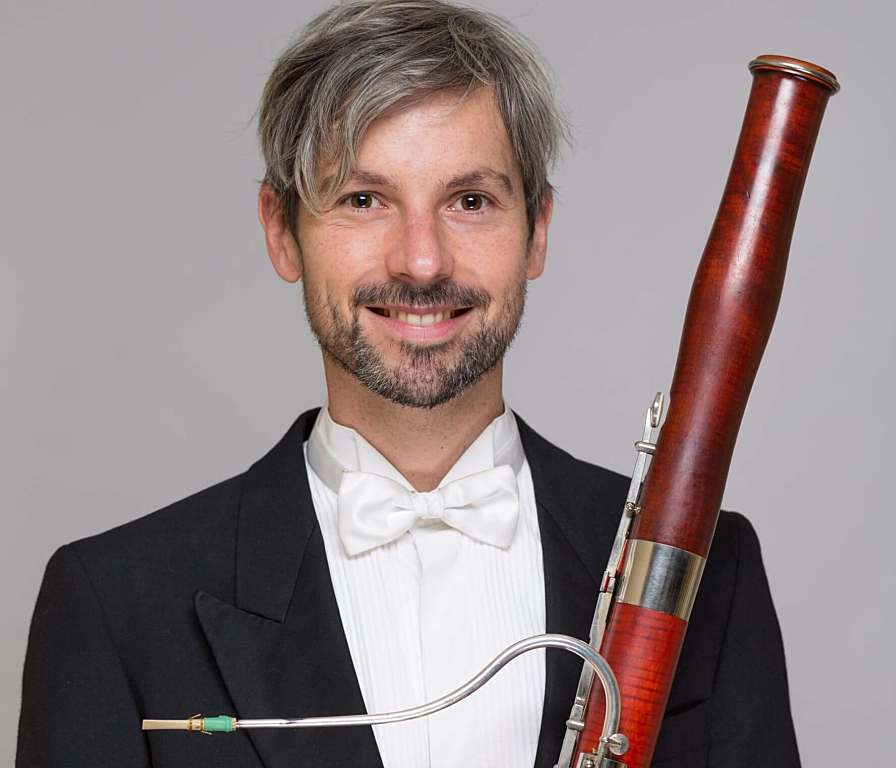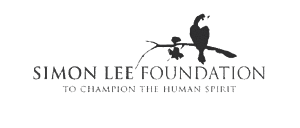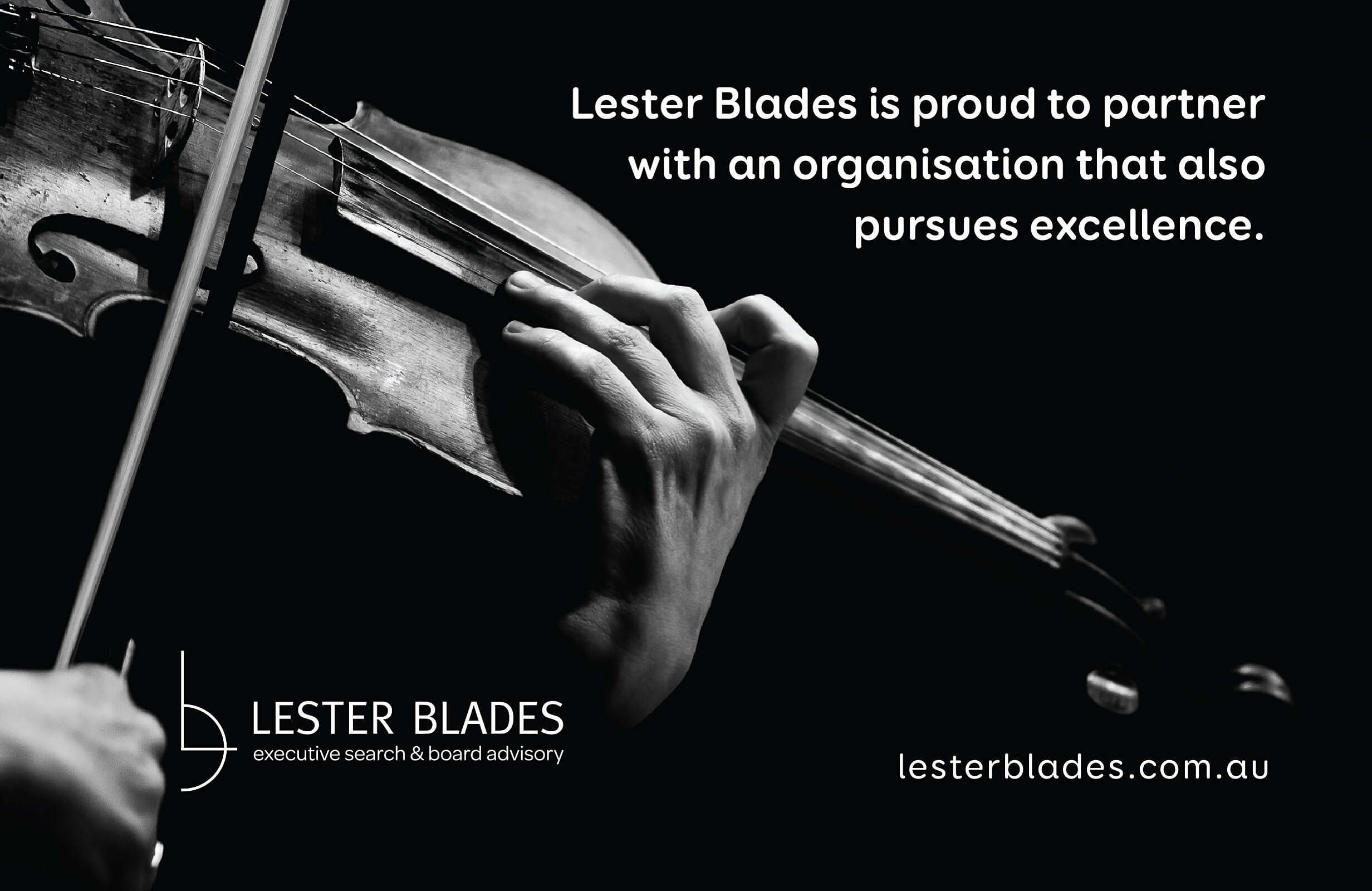In the dangerous world of Joseph Stalin’s Russia, an embattled Dmitri Shostakovich unveiled a new symphony that would miraculously please both audiences and the authorities. Limelight Magazine's Angus McPherson speaks to Asher Fisch and Mark Wigglesworth about the music that changed the composer's life forever.
The conditions under which Dmitri Shostakovich wrote his Fifth Symphony were so extreme that any misstep could easily have led to his arrest and death. It’s remarkable that the Russian composer was able to produce anything at all, let alone a work that would see him immortalised in concert halls around the world.
“It is difficult to imagine with what fear and trembling we lived through the Stalinist reign of terror,” Shostakovich’s friend and fellow composer Venyamin Basner recalls in Elizabeth Wilson’s biography Shostakovich: A Life Remembered. “Dmitri Dmitriyevich was in some ways broken by this terror.”
In 1937, Shostakovich was reeling from the official condemnation of his opera Lady Macbeth of the Mtsensk District – famously condemned as ‘muddle instead of music’ in Pravda after Stalin attended a performance – and had, in December 1936, pulled the plug on the premiere of his Fourth Symphony. His income dried up and friends and colleagues were being arrested left and right, sent to labour camps or killed, during the period known as the Great Terror that gripped Russia from 1936 to 1938.
Basner describes how Shostakovich endured a chilling interview at the infamous NKVD headquarters in Leningrad about his relationship with Marshal Mikhail Tukhachevsky – a military officer and violinist – who would soon be executed for treason. After suffering through a terrifying weekend in which he sought to keep his fears from his family, Shostakovich returned to the ‘Big House’ for what he was sure would be a fatal second interview. But when he got there his interviewer was nowhere to be found, having himself been arrested and imprisoned.
It was during this turbulent time that Shostakovich penned his Fifth Symphony, which premiered on 21 November, 1937. With its grim opening chords, an agonising slow movement so soulful that the audience at the premiere reportedly wept en masse, and a bombastic finale that’s been interpreted as either the triumphant culmination of a Beethoven-esque symphonic journey from dark to light or a bitter critique of the Soviet authorities, the symphony left its mark on the audience.
“The greatest event of these days was the performance in the Philharmonic of the Fifth Symphony of our teacher, D. D. Shostakovich, which immediately won over all musicians and non-musicians by the depth of the music, the sincerity and singular talent of its orchestral writing,” remembers Veniman Fleyshman in Laurel Fay’s Shostakovich biography.
While the adulation of the authorities was guarded at first – the conductor Yevgeny Mravinsky’s holding the score above his head to the unrelenting applause of the audience unsettled them – repeat performances cemented Shostakovich’s rehabilitation.
This rehabilitation was no doubt aided by a statement released over Shostakovich’s signature that appeared ahead of the Moscow premiere, in which the composer alluded to a critical response that gave him special pleasure: “It was said that the Fifth Symphony is the practical creative answer of a Soviet artist to just criticism.”
In any case, the work was a success. Sergei Prokofiev wrote to his colleague, “I was extremely impressed by many parts of the symphony, although it became clear to me that it is praised not for the things that it should be praised for, which probably go unnoticed. In any case, it’s good that it is praised; after ‘the frosts of yesterday’ which we comrade-composers have experienced, the appearance of a real and fresh piece of music is a joyful event.”
As Fay points out, “this passive appreciation of an unidentified critic’s remark is the source of one of the most enduring myths about Shostakovich, that the composer used the phrase as a subtitle for his Fifth Symphony.”
The power of the Fifth Symphony is such that both Mark Wigglesworth, who has recorded the complete Shostakovich symphonies for BIS, and Principal Conductor and Artistic Adviser of the West Australian Symphony Orchestra Asher Fisch – due to conduct the Fifth with WASO next month – remember their first experiences of Shostakovich through this symphony.
“The directness of its emotional communication is what I remember strikingly,” Wigglesworth says. “It was so obvious what was being said, and yet it didn’t seem unsubtle. There was a clarity of message, I suppose. I would have been too young to know the details of the politics behind it. It was Bernstein conducting, it was on television, and I remember that vividly. You can imagine how much he aided the direct communication.”
Fisch remembers his first experience with the Fifth just as vividly. “I remember very well because my harmony teacher in school was a new immigrant from Russia, a composer, Mark Kopytman, and he was a huge Shostakovich buff,” Fisch says. “We learned harmony basically from two composers, from Bach and from Shostakovich.”
Kopytman introduced Fisch to the symphonies. “I didn’t know the symphonies well at all before that, and I remember hearing the Bernstein recording and I completely fell in love with it,” he says.
While Fisch describes his repertoire as vast, “I have shunned Shostakovich and Prokofiev for many, many reasons,” he says. “One of them being that I think that Russian musicians, they have a very, very special approach to this music, they feel it in a different way than we all do, and I basically leave it to them. I think that they do a better job of it.”
“I hardly do Shostakovich,” he explains. “But I always wanted to do the Fifth because this was my introduction to the composer.”
Wigglesworth, on the other hand, is a Shostakovich specialist. By the time he began conducting the Fifth he was familiar with the politics surrounding the symphony. “There’s two camps, the people who believe it’s got nothing to do with Russia in the 20th century and people who believe it’s got everything to do with that, and I’m in the latter camp for sure,” he says. “However, the music does need to speak to somebody who doesn’t know anything about the specifics of his time and place. And I think it’s important that although we need to know what we feel about this, it’s not a history lesson when we’re conducting – we’re playing music which can work on any level that the listener chooses. Great masterpieces like this certainly do that. You don’t need to think of Stalin or the emotional oppression that he imposed to sense the isolation and protest of the music.”
For Fisch the work represents an important milestone in the history of musical development. “Not only for the political reasons but for the musical choices, the compositional choices, that Shostakovich made,” he says.
While Fisch professes his attachment to the music of Schoenberg, Berg and Zemlinsky, “I’m constantly dealing with this eternal question of what went wrong in the history of music that all these great works have not managed to reach audiences and to reach popularity,” he says.
For Fisch, Shostakovich rejected progress with the Fifth Symphony. “It’s a revisionist work. He came to the conclusion that in order to gain popularity he needs to go back in time,” he says. “So he rejected the style of Lady Macbeth and he was looking for a solution. What is going to work, what is going to be popular?”
The solution, Fisch, says, is that he went back to older, known quantities. “He went back to Mahler, he went back to Bruckner, he went back to Kurt Weill. I recently did the Kurt Weill Second Symphony with WASO and it was composed in 1934,” Fisch says. “And I swear to you if it had the name Shostakovich at the end of the last page it would have been as popular as Shostakovich’s Fifth.”
While Shostakovich may have been exploring a more direct, tonal style in the Fifth Symphony, he was also weaving in personal references. Before he wrote the Fifth Symphony, he set poetry by Alexander Pushkin, composing his Opus 46 Romances for voice and piano – songs which wouldn’t see a public performance until the end of 1940. The first of the poems set is titled ‘Rebirth’ and describes a barbarian obscuring the painting of a genius artist. Years pass and the barbarian’s paint flakes off to reveal the masterpiece underneath: “So do delusions vanish from my wearied soul, and visions arise within it of pure primeval days.” The music Shostakovich wrote for these words appears in the finale of the Fifth Symphony, just before the final crescendo.
As musicologist Richard Taruskin put it, “the image suggests not the promise of a bright future but an escape into the past”.
“I think it’s too clear, too obvious not to form the connection,” Wigglesworth says. “For that to be so clearly annotated by Shostakovich just before the end of the symphony, says it all, frankly.”
The songs were unpublished and unperformed when the Fifth Symphony premiered. “So it was a doubly secret code,” Wigglesworth says. “You could imagine that he didn’t want people to know, necessarily. He wasn’t giving us a lecture on it, but an inspiration to him to express what he felt. It’s quite moving I think that he would choose what was essentially a private diary as an inspiration to speak to the world.”
“I don’t think he would mind us unearthing them, but I think he did them for his own sake,” he says. “And for his own clarity of thought.”
In her biography Wilson suggests that “perhaps the composer hoped that in the event of the Symphony’s failure to rehabilitate his position, his private signals would be deciphered sometime in the future.”
Fisch also sees in the use of the Pushkin song a possible connection to Mahler. “Mahler’s great symphonies, all the way up to the Fifth, are song-based symphonies,” he says. “They are all drawing their materials from earlier songs.”
But how did Shostakovich manage to craft a symphony that not only appeased the authorities but also found favour with the audience of the day – and in the many years since?
“I think he had only the authorities, the regime, in mind when he composed the Fifth,” Fisch says. “He needed to re-establish or to regain favour with the regime or else his life was threatened, actually. It’s not an easy situation. But it’s fascinating that what he thought would be accepted by the regime was then enthusiastically adopted by the audience in the first performance. And enthusiastically adopted by the world audience until this very day. It’s amazing. He managed to craft something that everybody likes.”
“He’s aided by the fact that the authorities were not musical,” Wigglesworth says. “As long as it ended loud and relatively fast he knew they’d be happy – so he was not trying to please two equally intelligent audiences. I think that would have been a challenge.”
While the Fifth Symphony is Shostakovich’s most popular, Wigglesworth reveals he hasn’t performed it often – though he has now recorded it twice.
“I haven’t conducted it as much as some of the other ones, which is a slight anomaly,” he says. “It’s performed so much, when I was starting out I sort of avoided it, because I knew orchestras knew it so well and that was then potentially complicated, coming in as a young conductor.”
This means the symphony has kept its freshness for him, a connection to his initial entry into the composer’s work. “There’s something quite central about my relationship to it,” he says.
Keeping it fresh, he explains, can be a challenge with a work so popular. “Certain habits have evolved,” Wigglesworth says. “The trouble when a piece gets played a lot, it gets rehearsed less and less. And as it gets rehearsed less and less, certain performance traditions become part of the piece and some of them are valid and some of them are not, really.”
For Wigglesworth it’s a case of searching for something more sincere, which comes about by engaging in the unique connection between the audience, conductor and music on that particular day. “I think if you can enable the players to be open to the present-ness of performing the piece, that’s your main goal,” he says.
“A good piece essentially plays itself. As a work of art. If you do what’s written you don’t need to overplay it or interpret it,” Wigglesworth says. “It is surprisingly slow at the beginning, and then you make certain decisions about whether you’re going to slow down at the end. As long as the orchestra are open to playing what the music says and not what has become habit. I think audiences pick up on habit. They may not be able to articulate that’s what’s happening, but I think they sense when an orchestra is being truly creative rather than recreative.”
For Fisch, the performances in Perth will be his first time conducting Shostakovich’s Fifth Symphony – though he describes it as “a very interesting excursion” rather than the beginning of a full Shostakovich symphony cycle with WASO. “I’ve done the Tenth, but I stick to my repertory,” he explains.
“One of the main reasons – and I’m going to be killed for this but you can still quote me – is that I think that the challenges in performance in these symphonies are basically much less demanding than in any other music that I conduct,” Fisch says. “I feel that Shostakovich’s Fifth, his symphonies, they sound better if you have a good orchestra and you have great wind and brass soloists. It doesn’t sound very different from one conductor to the other – you can of course make the ending slower, because there’s a question about that, but I like music that I can bend. And Shostakovich you cannot bend, because the propelling rhythm is such a strong aspect.”
The exquisite slow movement is an exception. “That’s why I love the third movement, because I think that I can bend it, I can work with freedom,” Fisch says. “I can actually put my mark [on it] as a conductor. But in the last movement there is very little you can do.”
“I know that other conductors think very differently, and that’s why I say the Russian conductors who grew up with this music, they really know what to do with it,” he says. “Not that I don’t know what to do with it – I approach it as a Mahler symphony.”
What does it mean that Shostakovich’s most backward-looking work remains his most performed? “It’s very sad that in order to regain popularity you had to drop progress,” Fisch says. “It’s also sad to see that in the 20th century, if we’re checking who’s performed and who is liked, they are mostly Russian composers who rejected progress.”
Fisch lists off Rachmaninov, Prokofiev and Shostakovich. “Every American orchestra keeps playing Shostakovich,” he says. “Much more than any other American composer. So it’s a very, very fascinating music history phenomenon.”
But that doesn’t mean Shostakovich’s music didn’t evolve. “Because he was such a genius, then in the later symphonies I think that he managed to find his own language, but the Fifth Symphony is for me a potpourri of Mahler, Kurt Weill, Bruckner etc.”
“He looked for a recipe, he thought what would work, what would appeal to audiences and the answer was basically to go back in time, to reject progress and modernism, to go back to tonality and a very, clear and easy to understand tonality, and beautiful melodic writing, which he was certainly capable of, and a very, very emotional and expressive slow movement, which is really out of this world,” Fisch says. “It’s so beautiful.”
The popularity of the Fifth and what it meant for Shostakovich’s later symphonies also fascinates Wigglesworth. “I’m very intrigued by the fact that had the authorities not intervened, he would have continued the style of the Fourth,” Wigglesworth says. “And that would have probably sent him down a path that was less accessible and less popular.”
“Thanks to the demands placed upon him by the authorities, it’s possible that he realised, ‘actually I can do both here, I can speak to millions of people about something very personal and profound,’” Wigglesworth says, explaining that this new style continued through the symphonies that followed, though with greater complexity. “It’s certainly a different path to the one that symphonies One, Two, Three and Four were suggesting.”
Wigglesworth gives the example of the Tenth, perhaps Shostakovich’s next most popular, which is more enigmatic than the Fifth. “In terms of popularity, I don’t really think people want enigmatic,” Wigglesworth says. “If you’re defining what makes something popular –there’s nothing enigmatic about Boléro or the William Tell Overture. People respond well to simple, direct, emotional means of expression. The Fifth is private, but I wouldn’t call it introspective. The slow movement is obviously very personal, but it’s not subconscious, as it were, which I think some of the other slow movements are. So I think it is the most popular because of that simplicity. We all like simple things. There’s nothing wrong with that – I don’t mean any of that derogatorily. The brain likes to be rewarded with its expectations being fulfilled.”
Nonetheless, there remains an enigma in the Fifth Symphony’s final bars.
“The very end of the piece is ambivalent about whether it’s optimistic or pessimistic,” Wigglesworth says. “We don’t know how things are going to pan out, and that sort of openness at the end, it’s certainly not the triumph that some performances imply.”
“It would have been exactly Mahler’s Third Symphony, with the timpani and the brass, but instead of having a major fourth he has a minor fourth, that’s all it is,” Fisch says. “It’s a mix. It’s a triumphant call with a tear in it, let’s put it this way.”
“We have a joke in Israel about Russian newcomers,” Fisch says. “The joke is that you ask a newcomer from Russia if he can describe in one word how he feels since he came to Israel. And he says, ‘Good.’ And in two words? ‘Not good.’ And that’s for me the summation of the Russian soul and it’s exactly this symphony, it’s like they labelled it at that time ‘an optimistic tragedy’, which is exactly what it is. It’s happy and unhappy, it’s good and not good at the same time, and this bitter-sweet is something that I am trying to find in performing this symphony.”
Article written by Angus McPherson, Published online 26 August, 2021, by Limelight Arts Media Pty Ltd.
Website: https://www.limelightmagazine.com.au/



